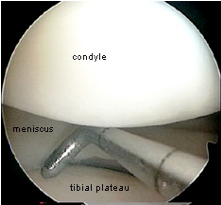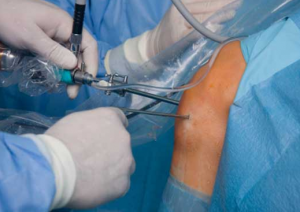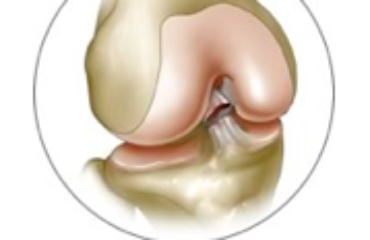Cartilage restoration processes help you to replace damaged cartilage in your joints. Many athletes suffer from knee pain which can be the result of damaged cartilage. The cartilage around your joints is a rubbery material that covers the ends of each bone. This cartilage is designed to reduce friction inside of your joint and to absorb shock. 
As yourcartilage naturally deteriorates or becomes damaged it might result in limited movement and severe pain in your joints. If the damaged cartilage is not treated within a reasonable time frame, the condition can get much worse due to post-traumatic arthritis.
Who qualifies for restoration procedures?
Cartilage restoration is a treatment, specifically for knees, which are not affected by arthritis and are otherwise healthy but still suffering from deterioration. This treatment is often recommended for patients who have recently damaged the cartilage in their joint through repetitive use of that joint, a sports injury, or trauma.
What can I expect during the procedure?
Prior to a Scottsdale orthopedic surgeon agreeing to cartilage restoration procedures, you will need to have an MRI to determine the severity of your cartilage injury as well as the location and size of the damage. Any of these procedures are performed with arthroscopy which is a popular modern surgical technique used to limit the recovery time after surgery and to limit the pain experienced after surgery. This is a minimally invasive surgical process which is recommended for many knee surgeries.
T he surgical processes begin with a simple incision in the affected region. Through this primary incision a small tube will be inserted. Attached to the end of that tube is a small camera which the Phoenix orthopedic surgeon will use to monitor live feed inside of the operation room. Using this camera the AZ knee surgeon will be able to locate the precise area where the cartilage is damaged.
he surgical processes begin with a simple incision in the affected region. Through this primary incision a small tube will be inserted. Attached to the end of that tube is a small camera which the Phoenix orthopedic surgeon will use to monitor live feed inside of the operation room. Using this camera the AZ knee surgeon will be able to locate the precise area where the cartilage is damaged.
Once this has been done a secondary incision will be made through which microscopic surgical tools are inserted. These microscopic tools are used to complete the restoration process to your damaged cartilage with the least amount of invasion. This particular procedure is very popular because the recovery time is limited compared to open surgery and the amount of pain which is felt during and after the procedure is limited as well.
This surgery requires approximately two hours from start to finish and is typically performed as an outpatient procedure which means that you can check in and check out of the hospital on the same day.
After the procedure it is recommended that somebody take you home and stay with you for at least the first night. After one week you should be able to dress yourself and feed yourself and after five weeks on average you should be healed. It is imperative that you speak with your surgeon about any potential complications as well as the rehabilitation program.
Dr. Adam Farber at Phoenix Shoulder and Knee is an expert knee surgeon when it comes to cartilage restoration procedures. Simply call (480) 219-3342 for more information and scheduling with the top knee surgeon Phoenix trusts!


